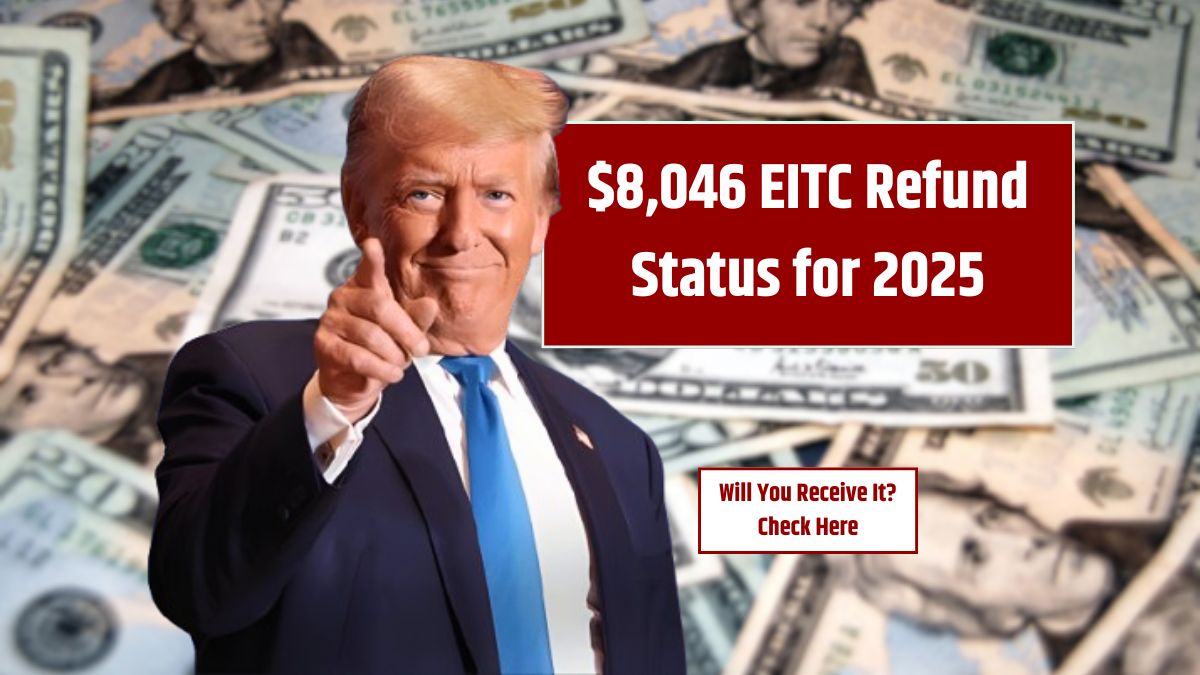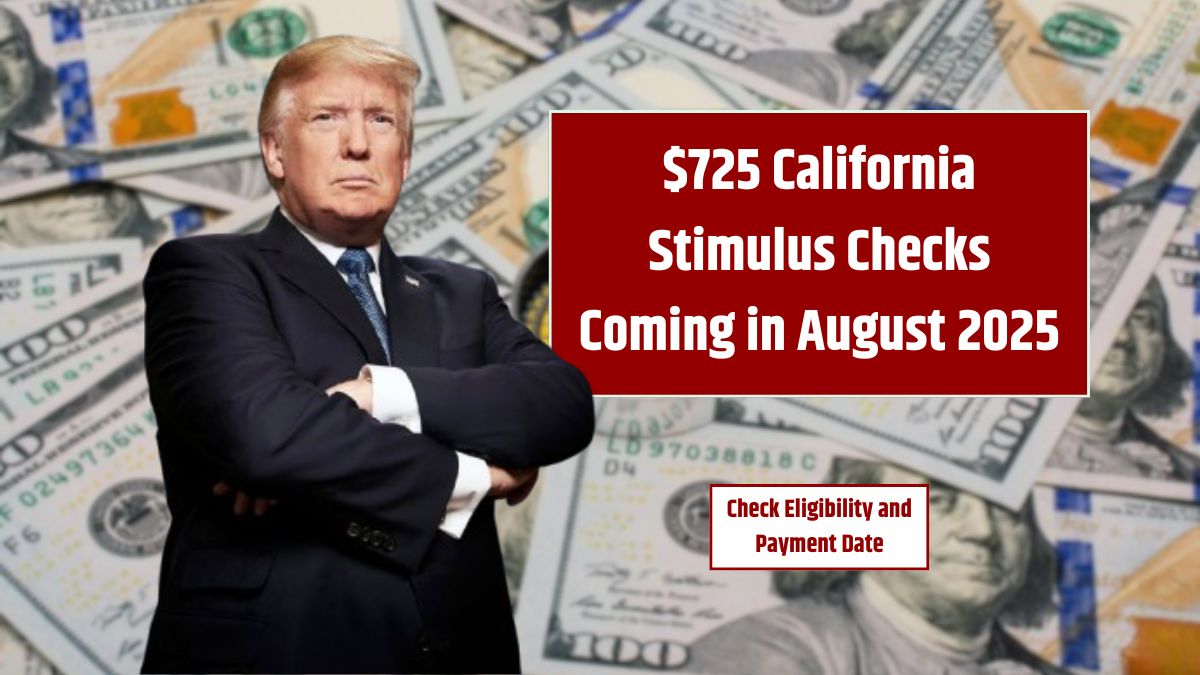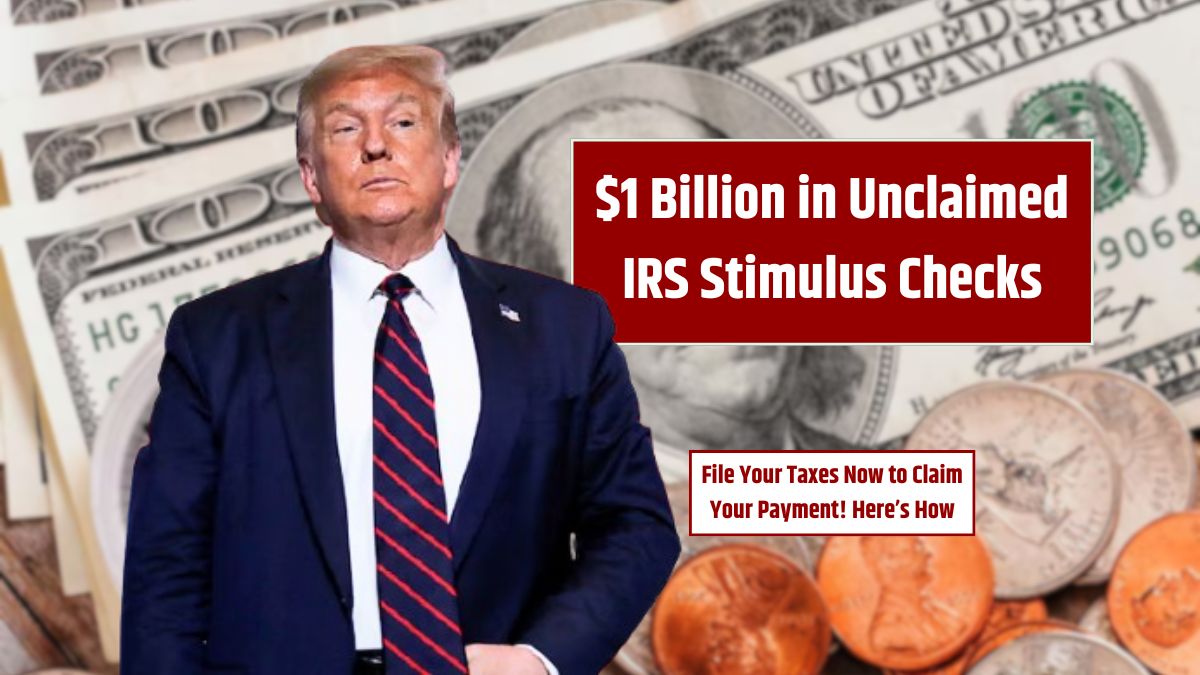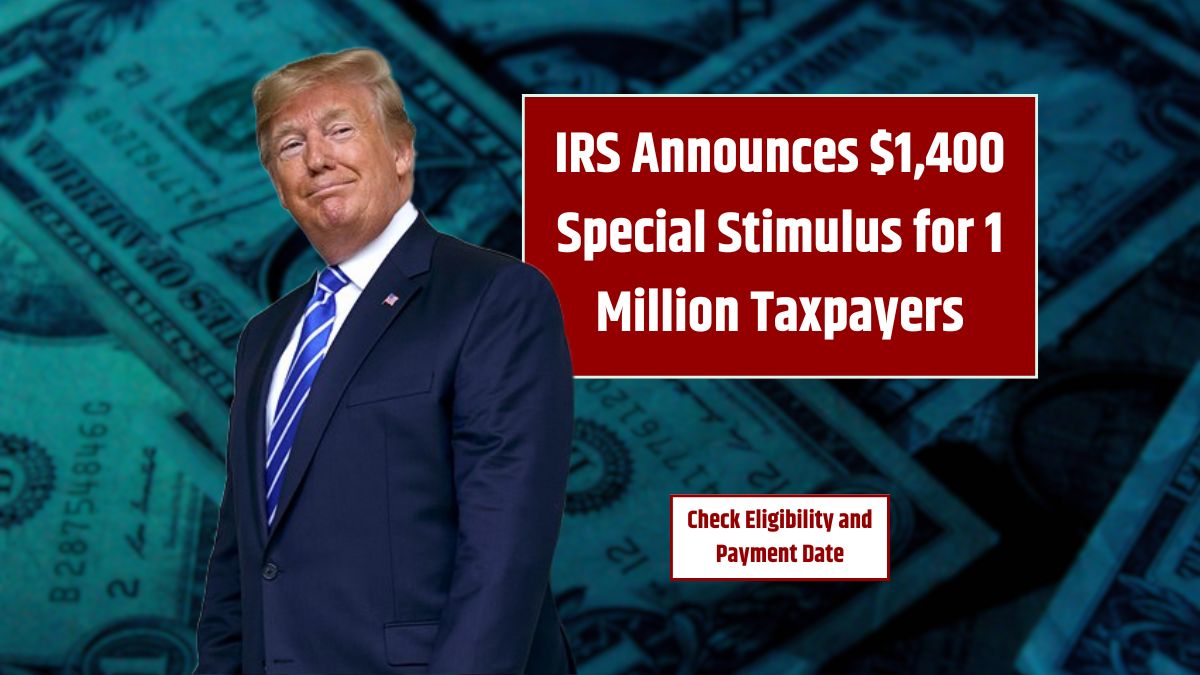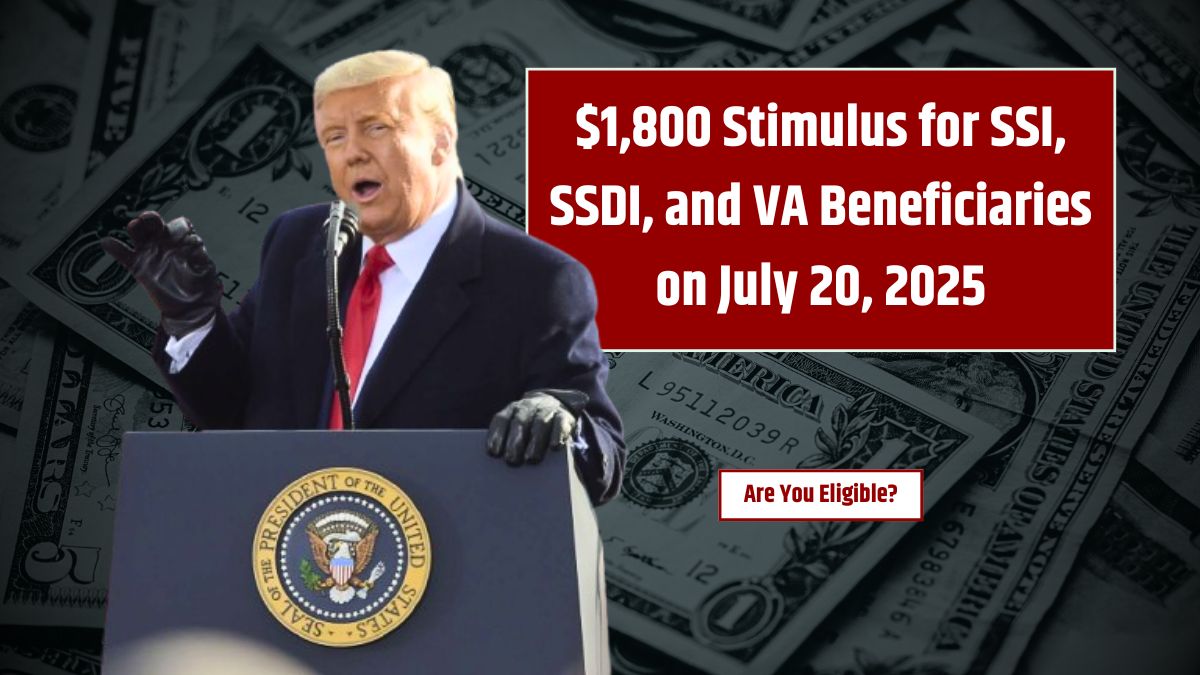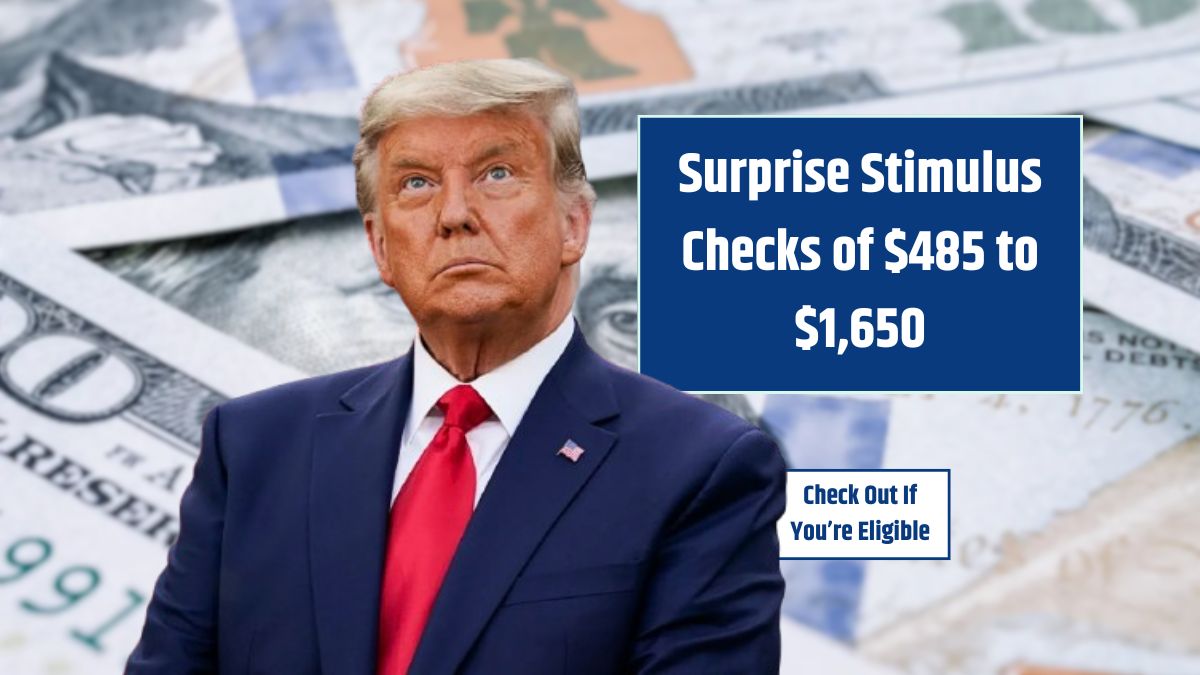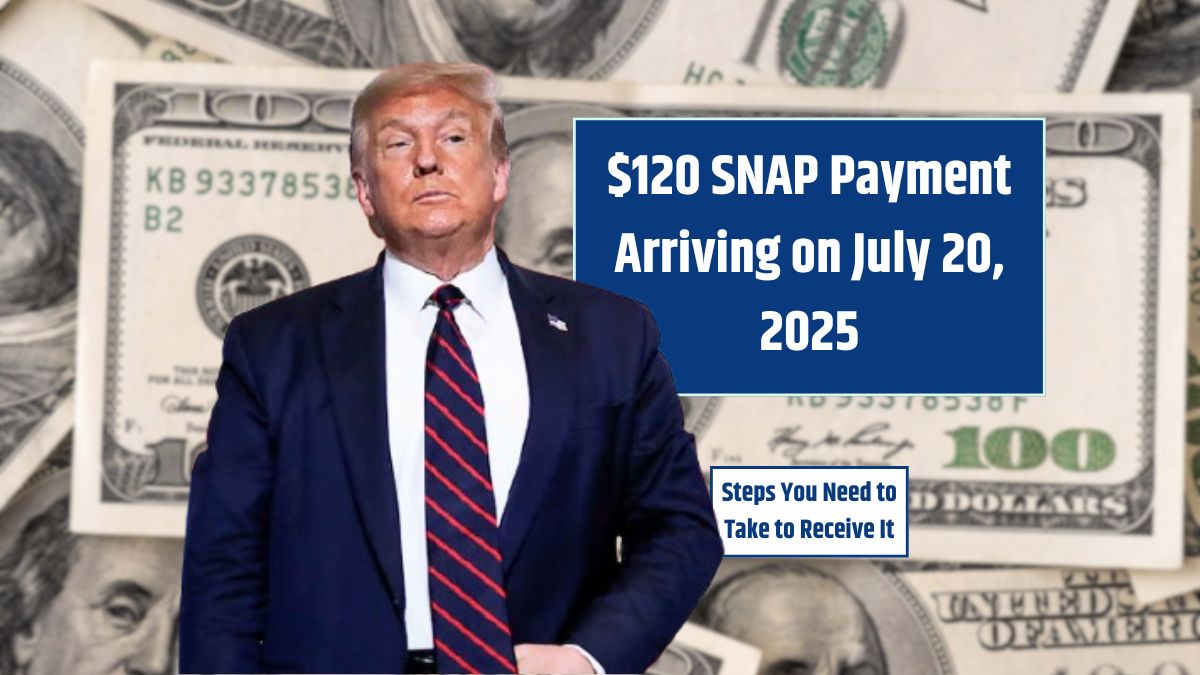Rumors are swirling again—this time about a possible $2,500 stimulus check set for release in July 2025. While it’s not yet confirmed by the IRS or any official government source, the buzz is everywhere. So, what’s fact and what’s speculation? If you’re hoping for a new round of financial relief, it’s smart to stay in the loop. In this guide, we’ll break down potential eligibility, payment methods, and how to be ready if this stimulus becomes a reality.
Table of Contents
Overview
Here’s a quick snapshot of what’s being talked about:
| Topic | Details |
|---|---|
| Stimulus Amount | $2,500 (not confirmed) |
| Eligibility | Based on income, tax filing, dependents, benefits |
| Payment Method | Direct deposit, paper check, or debit card |
| Expected Timeline | No official word yet |
| IRS Info Source | www.irs.gov |
Right now, there’s no law passed and no date set. But let’s dive into what it could look like if it does happen.
Eligibility
The biggest question on everyone’s mind: “Will I qualify?” If past stimulus checks are any indicator, here’s how eligibility might shake out:
Income
Your adjusted gross income (AGI) from your latest tax return would probably play a major role. Here’s a likely breakdown:
| Filing Status | Full Payment If AGI ≤ | Phased Out At AGI ≥ |
|---|---|---|
| Single | $75,000 | $99,000 |
| Married (Joint) | $150,000 | $198,000 |
Earn more than the threshold? You might still get a partial payment.
Tax Status
If you’ve filed taxes for 2023 or 2024, you’d likely be automatically considered. Didn’t file? You may need to claim the payment manually—especially if you’re a non-filer or receive federal benefits.
Dependents
Households with kids or adult dependents could receive more. Think college students, disabled dependents, or any child under 18. More mouths to feed often equals more money.
Benefit Recipients
People on Social Security, SSDI, SSI, or veterans’ benefits might be automatically eligible if a new payment is approved—no action needed in most cases.
Methods
If this $2,500 stimulus gets greenlit, how would you get the money? The IRS has used the same methods in the past, so expect something similar:
- Direct Deposit – Fastest and most secure.
- Paper Check – Mailed to your address on file.
- Prepaid Debit Card – For those without a bank account.
To avoid delays, it’s best to keep your bank info and address current with the IRS.
Timeline
Still no official timeline, but if Congress passes a bill, here’s how it could roll out:
- Bill signed into law.
- IRS starts processing payments in 2–3 weeks.
- Direct deposits go out first.
- Checks and cards follow.
- Most people receive funds within 1–3 months.
So if July 20 passes with no confirmation, don’t panic—just keep an eye on government updates.
Tracking
If payments are approved, the IRS would likely reactivate its “Get My Payment” portal. Here’s how to use it:
- Go to www.irs.gov.
- Click “Get My Payment.”
- Enter your personal info.
- View status, payment method, and dates.
This is your go-to for real-time updates on where your money is.
While there’s still no official stimulus check as of now, the structure of potential eligibility and payment seems predictable, based on previous rounds. If Congress does give the green light, millions of Americans could see another boost. For now, keep checking IRS updates, file your taxes, and make sure your details are accurate—just in case.
FAQs
Is the $2,500 check confirmed?
No, it’s still not confirmed by the IRS or government.
Who qualifies for the $2,500 check?
Likely those earning below $75K single or $150K joint.
How will the stimulus be sent?
Most likely by direct deposit, check, or debit card.
When will payments be issued?
Only after official approval—no date set yet.
Where to check stimulus status?
Visit irs.gov and use the Get My Payment tool.





